Land Lease: See “Ground Lease.”
Landlord Approval | Landlord Consent: A situation in which a tenant must get the permission of landlord before proceeding with its course of action. Generally, situations that require the landlord’s approval include an assignment of the lease, a sublet of all or a portion of the space or prior to a tenant being allowed to make alterations to the premises.
Landlord’s Statement: An instrument or instruments prepared by a landlord comparing an economic item such as taxes or operating costs for the Base Tax Year or Base Operating Year with taxes or operating costs (as the case may be) for the Comparison Year in question, setting forth the additional rent due from a tenant for such Comparison Year pursuant to the provisions of the lease. The Landlord’s Statement, from a tenant’s perspective: (a) should be accompanied by documentation in support of such additional rent calculation (e.g., a copy of the applicable tax bill or statement from the local tax authority) and (b) is also referred to as an “Owner’s Statement.”
Landlord Work Letter | Landlord Work Section | Landlord Work: A lease provision wherein the landlord agrees to perform work – generally prior to the lease commencement date – to a tenant’s space at the landlord’s sole cost and expense.
Landmark: An officially recognized historic building. Such buildings are often designated by a particular commission or governmental or quasi-governmental entity.
Latent Defect: Considered by some to be a hidden defect in a leased space, a latent defect is generally considered to be a defect that, notwithstanding a tenant’s due diligence and inspection conducted prior to the execution of a lease, was not discovered.
Late Payment: A payment made after the date in which the original payment was due, i.e., a late rent payment on a commercial lease.
Lease Commencement Date: Is the date in which the lease term commences. In many cases, the lease will not commence until such time as the landlord substantially completes its work to be performed to the premises.
Lease Effective Date: The date a fully executed lease is returned to tenant or its representative by owner or its representative.
Lease Renewal Option: A clause which gives the tenant (and in some cases its related entity and a permitted assignee) the option to extend the lease for a specified term on prior written notice to a landlord. Many landlords will require that the notice be given at least nine (9) to twelve (12) months prior to the expiration of the initial lease term.
Leaseback (Rights/Provision): A landlord’s right to lease back a tenant’s space if and when a tenant wishes to assign its lease or sublease its space.
Leasehold Improvements: Improvements or alterations to the leased space (such as carpeting, painting, installing light fixtures, upgrading electric, installing a new HVAC system or building additional offices and/or a private bathroom).
Leasehold Mortgage: Unlike a typical mortgage, a leasehold mortgage is secured by a lease of property rather than by ownership of property. These types of loans are common for ground lessees under a long term ground lease to finance their improvements to the building they lease or are building on the land they have leased.
Legal Compliance | Compliance with Law Provisions: A provision within a lease wherein a tenant is required to (1) give to its landlord prompt notice of any written notice it receives from any governmental agency of the violation of any and all present and future laws, orders and regulations of all Federal, state, municipal and local governments, departments, commissions and boards or any direction of any public officer pursuant to law, with respect to the building or the premises and (2) promptly comply with all legal requirements affecting the premises other than with respect to structural repairs (except such structural repairs as would not have been applicable but for tenant’s particular use or manner of use of the premises which is contrary to the use permitted in the lease.
Letter of Attornment: A written agreement where existing tenants recognize a new property owner as their landlord for the property they are renting.
Letter of Credit (“LOC”): The requirement of a tenant, in lieu of making a cash security deposit, to maintain in effect at all times during the lease term (as well as any renewals or extensions thereof and for a period of up to ninety (90) days thereafter), an irrevocable, self-renewing letter of credit. The letter of credit shall: (i) be clean, unconditional and non-negotiable, except by the landlord; (ii) be for an initial term of not less than one (1) year; (iii) provide that the landlord shall be entitled to draw upon the letter of credit upon presentation of a sight draft stating that an uncured event of default has occurred under the Lease; and (iv) provide that the letter of credit shall be deemed automatically renewed, without amendment, for consecutive periods of one (1) year, each year during the term of this Lease, and for a ninety (90) day period thereafter (as well as any renewals or extensions thereof) unless the bank shall notify landlord on not less than thirty (30) days preceding the then expiration date of the letter of credit, that the bank elects not to renew such letter of credit, in which event the owner shall have the right, by sight draft presented to the bank, to receive the monies represented by the then existing letter of credit and to hold and apply such proceeds in accordance with the provisions of this lease. In the event that the landlord uses, applies or retains any portion of the proceeds of the letter of credit, the tenant shall be required to restore the amount so applied or retained.
Letter of Intent (“LOI”): A non-binding term sheet which outlines the basic terms of a lease transaction between a tenant and a landlord. Although non-binding, the LOI sets the playing field for the preparation and subsequent negotiation of a lease.
Lien Waiver: A document executed by a contractor or subcontractor notifying not only the party making payment to the contractor or subcontractor but also the property owner, bank, insurance companies, and other interested parties that full or partial payment has been made to those providing services to a construction project (and as a consequence thereof, the property has been relieved of any threat of a lien against it for the dollar amount paid and/or percentage of work completed indicated within the full or partial lien waiver).
Lien: A legal claim on real property granting the holder of the lien a specified amount of money upon the sale of a property as a means of ensuring the payment of a debt, with the property acting as collateral against the amount owed.
License Agreement: Agreement where an owner of real property grants an individual or an entity the right to use real property for a specific purpose. Unlike a lease, a license does not transfer an interest in the real property for a pre-established period of time. License agreements can be exclusive or non- exclusive.
Liquor License Contingency: An “escape clause” in a lease that allows a tenant to terminate its lease in the event that a tenants liquor license application is rejected by the state liquor authority.
Listing Agreement: A contract in which a real estate broker is hired to represent an owner of real estate in their efforts to sell or lease real estate or a particular space in a building.
Load Factor: A percentage calculation showing the difference between the rentable and useable square footages for space(s) within a building. Accordingly, usable square footage of a building is all the square footage behind the front doors of the tenant’s space, whereas rentable square footage is the usable square footage plus the common areas and other “lost” areas in a building (such as hallways, lobbies, elevators, stairwells, shafts and restrooms of the building.
Load Letter: In the context of a commercial lease, a letter from a licensed electrical engineer or similar professional confirming the electrical load consumption required based on a particular tenant’s equipment to be utilized with the premises.
Local Law 11: The Façade Inspection Safety Program (FISP) requiring building owners possessing buildings with six or more stories to have their exterior walls and appurtenances inspected periodically by a licensed architect or professional engineer.
Loss Factor: Is the “loss” due to the percentage of the space in a building “lost” to the common areas of the building and the proportional share of common areas attributed to a specific space. Among many things, “common area” includes the building lobby, stairways, management office, the bathrooms, hallways and elevator shafts among other things. Loss factors are greater for space on divided, multi-tenant floors than full floor spaces due to there being more common area on a divided floor, and are generally non-negotiable. Also known as an “add-on” factor. Note that “add-on” or “loss” factors can vary wildly by market and by landlord.

